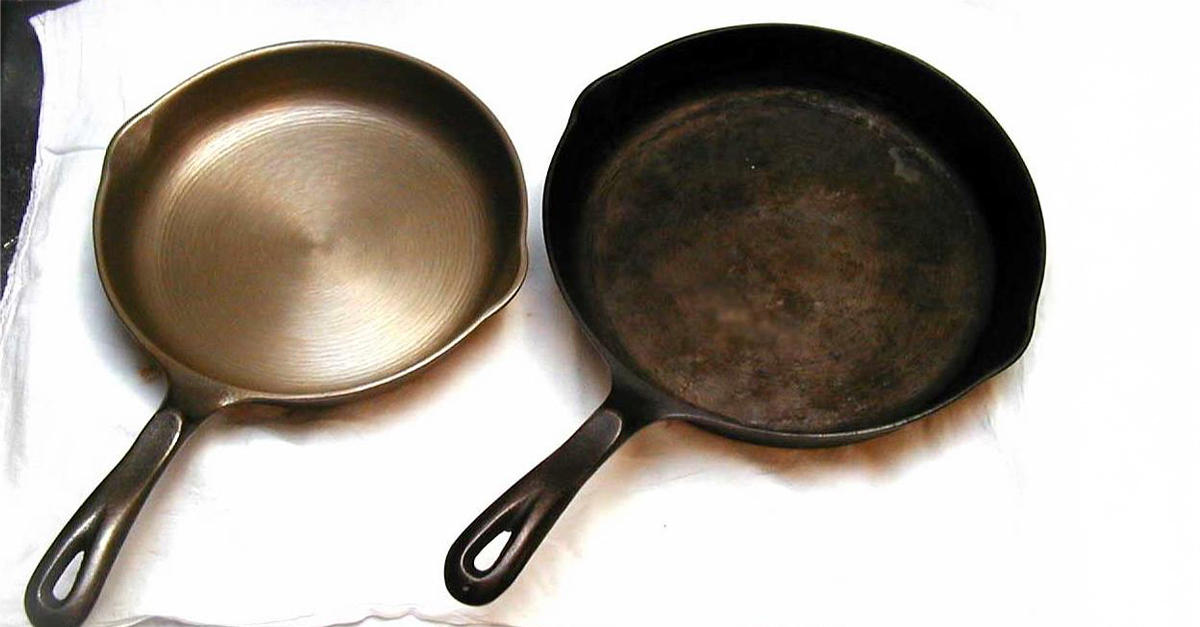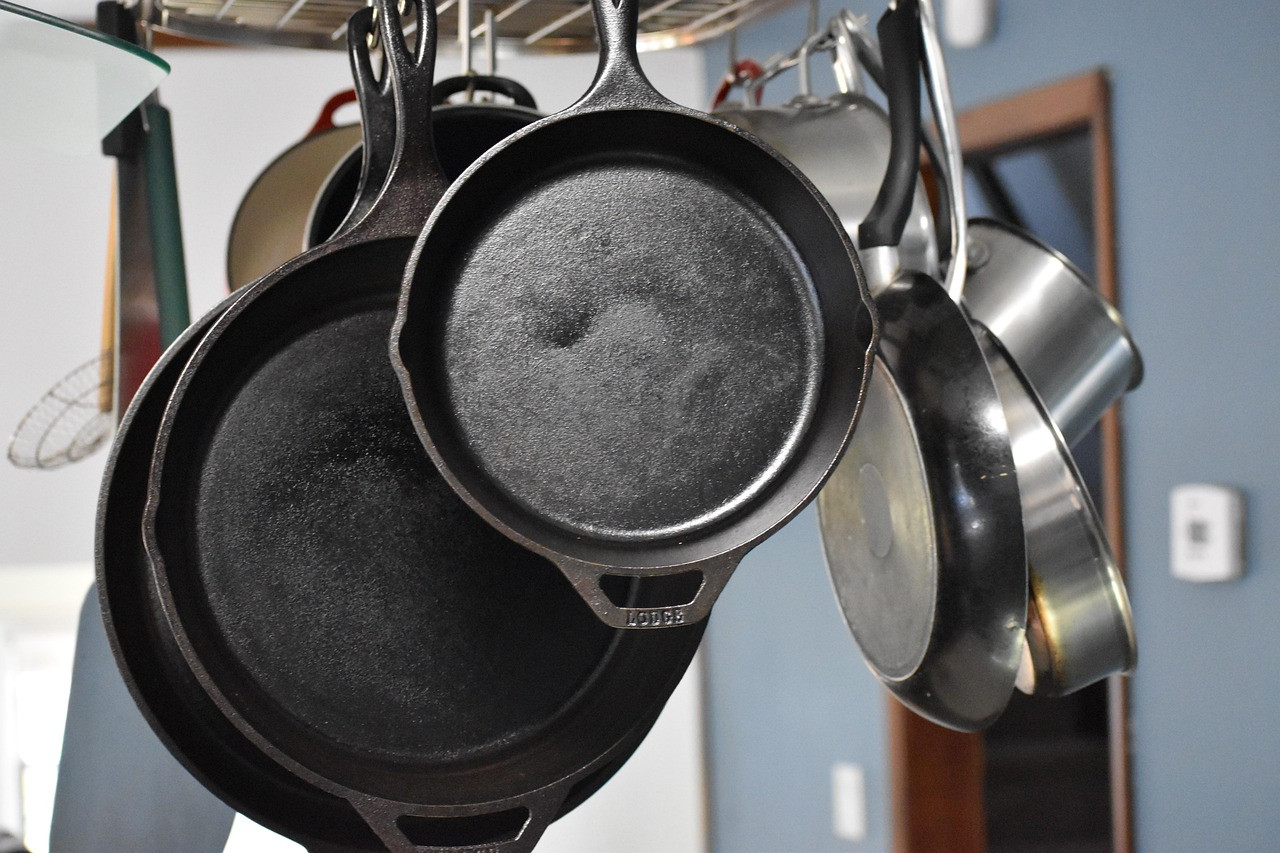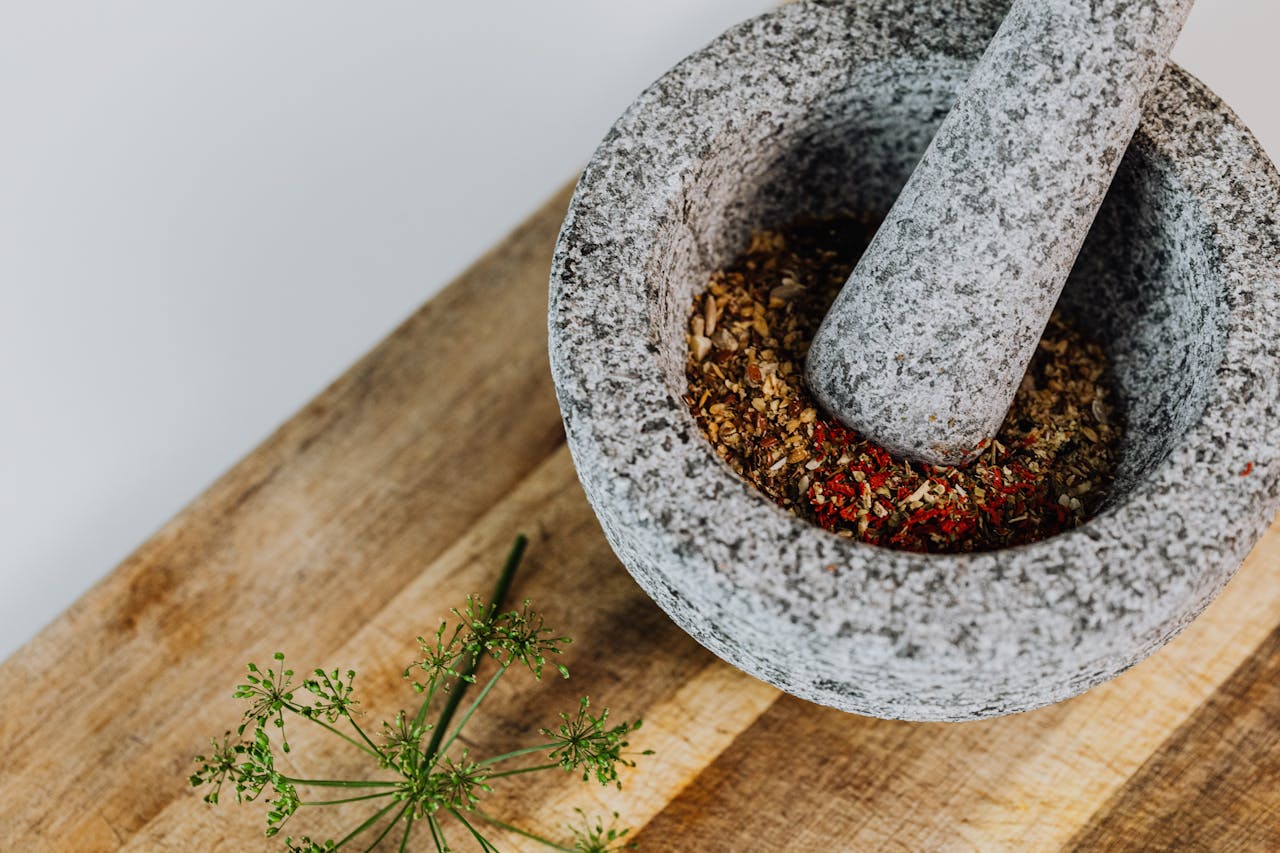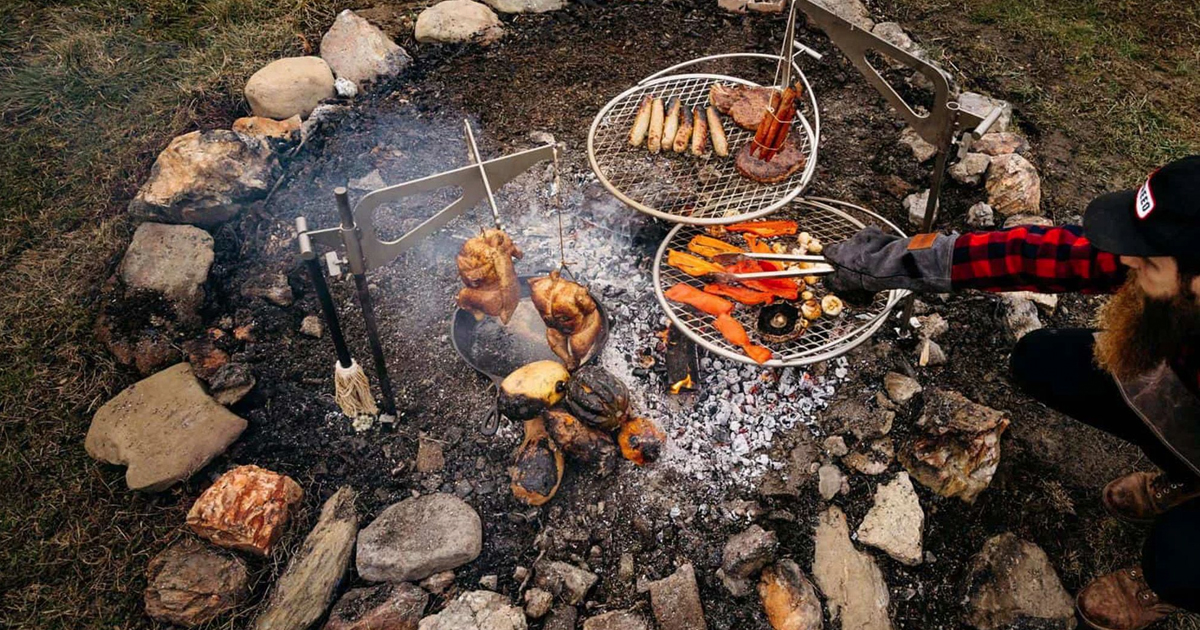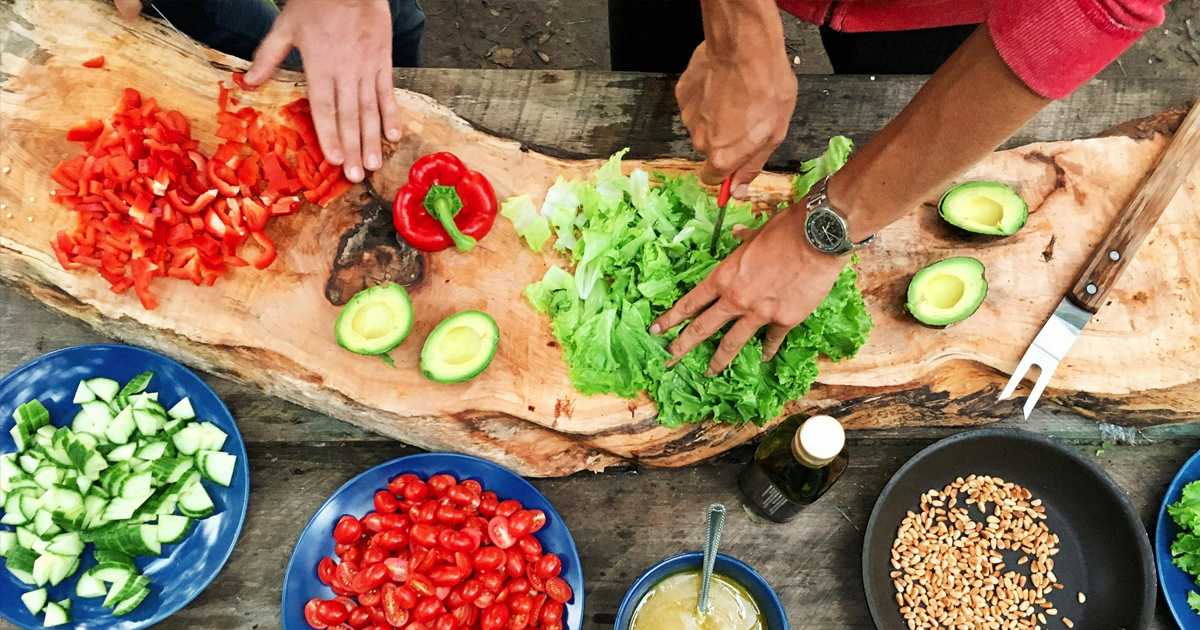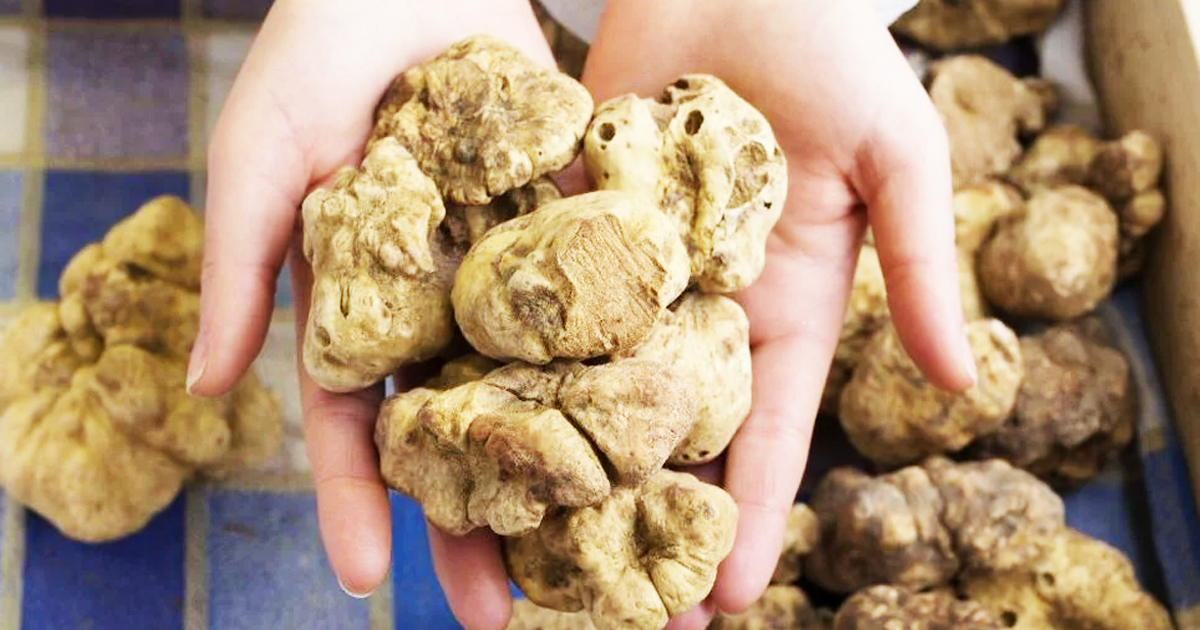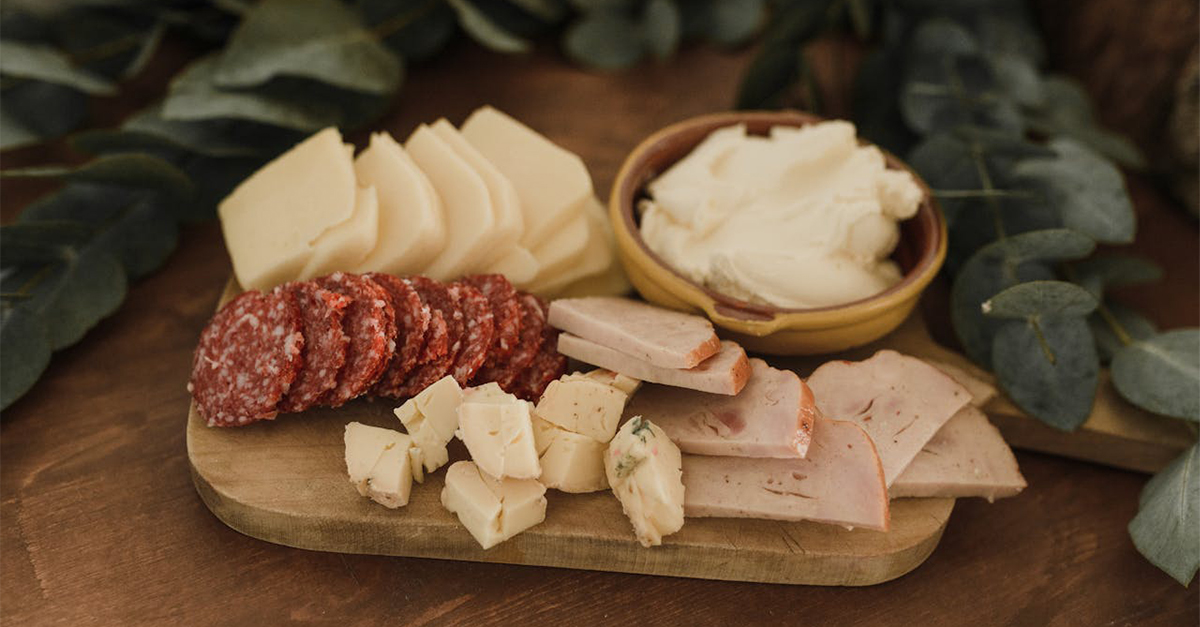Seasoning your cast iron pan is important for flavor and making the pan last longer. A properly-seasoned cast iron skillet has a naturally nonstick surface and resists rust. Seasoning isn’t just a one-and-done thing. It’s something you do on a regular basis. With proper care, your cast iron will last generations. Here's how to season it right and keep it in top condition.
Start With A Clean Slate
If your pan is brand new or has old, flaky seasoning, clean it thoroughly. Scrub it with hot water and a stiff brush. Use steel wool to take off rust or residue. Dry the pan well, preferably by placing it on a low burner for a few minutes. Moisture is cast iron’s enemy, so make sure it’s bone dry before putting it away.
The Best Oil For The Job
When it comes to seasoning, not all oils are created equal. Use an oil with a high smoke point and polymerization properties: the ability to harden into a slick, protective layer. Flaxseed oil, grapeseed oil, or vegetable shortening are all great for this. Don’t use butter or olive oil, as they burn too easily and can leave a residue.
Apply A Thin, Even Layer
The principle of “less is more” most certainly applies to seasoning cast iron. Pour a small amount of oil onto the pan and rub it in with a paper towel. With a clean towel, buff out the excess until the pan looks dry. If the oil is laid on too thick, it can cause sticky or uneven seasoning. Think of it as polishing the pan more than greasing it.
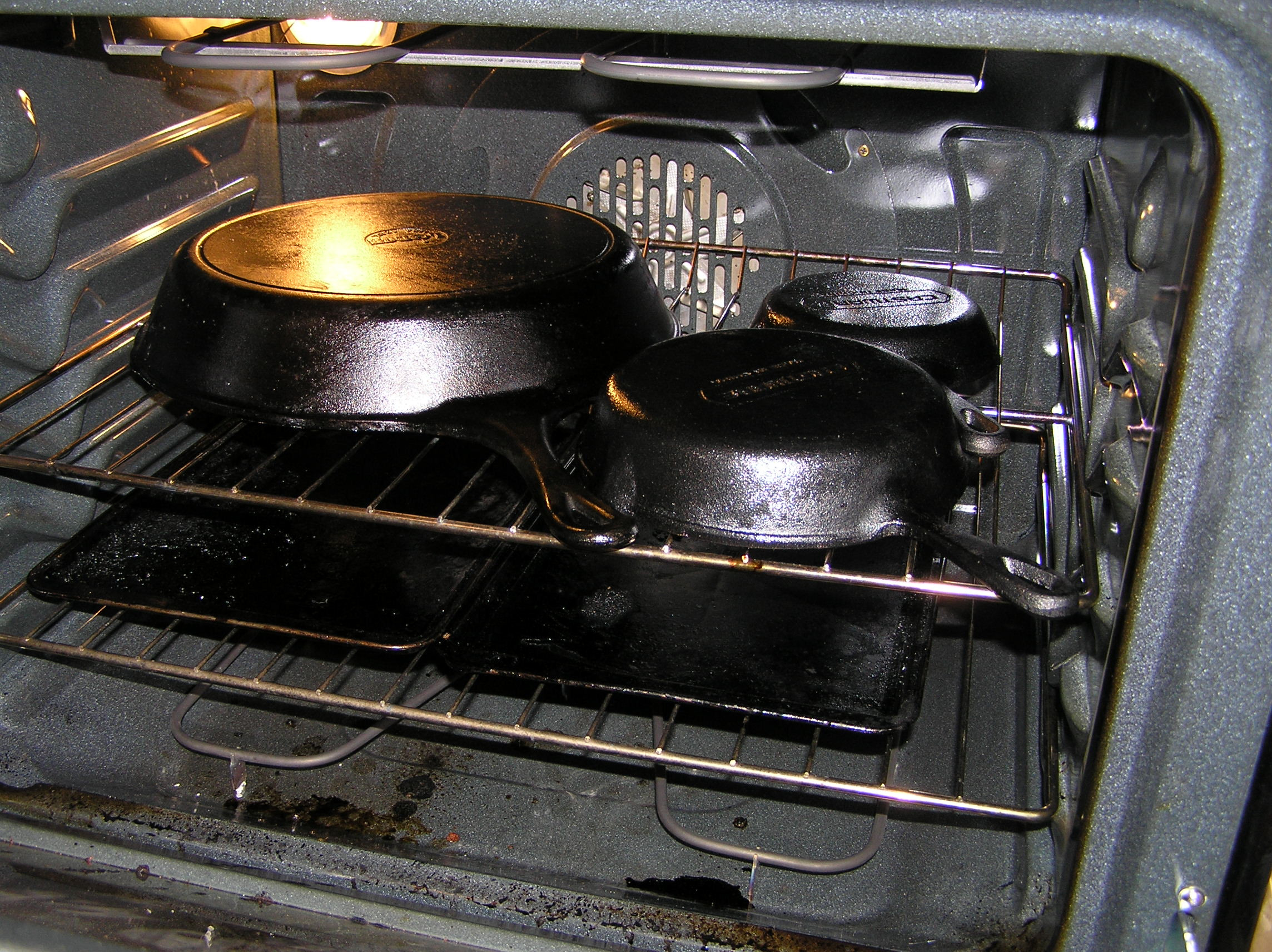 Ryan Snyder, Wikimedia Commons
Ryan Snyder, Wikimedia Commons
Bake It Upside Down
Place your freshly oiled pan upside down in an oven preheated to 450–500°F (232–260°C). Put a sheet of aluminum foil on the rack below to catch any drips. Bake it for an hour. The high heat will turn the oil into a hard, blackened layer of seasoning. Let the pan cool down before you take it out of the oven.
Repeat If The Pan Needs It
One layer of seasoning is alright, but two or three are even better, especially for a new or badly worn pan. Repeat the oil-and-bake process a few times and it’ll accumulate a durable, rust-proof coating. Each layer makes the surface more impervious.
Cook With It Regularly
The best way to maintain your cast iron’s seasoning layer is to cook with it as often as you can, especially foods high in fat like bacon and eggs. These work to reinforce the nonstick layer. Avoid acidic foods (like tomato sauce) in the early post-seasoning phase, as they can eat away at your seasoning.
Be Careful When Cleaning
Never soak your cast iron or put it through the dishwasher. After you’re done using it, wash it with hot water and a sponge or soft brush. Avoid using soap unless necessary. If there’s residue that won’t come off easily, scrub it with kosher salt and a bit of oil. Always dry it off right away and rub it with a thin coat of oil before putting the pan away.
You May Also Like:
Choosing The Right Pan For The Job
The Art Of Cooking In The Wild

